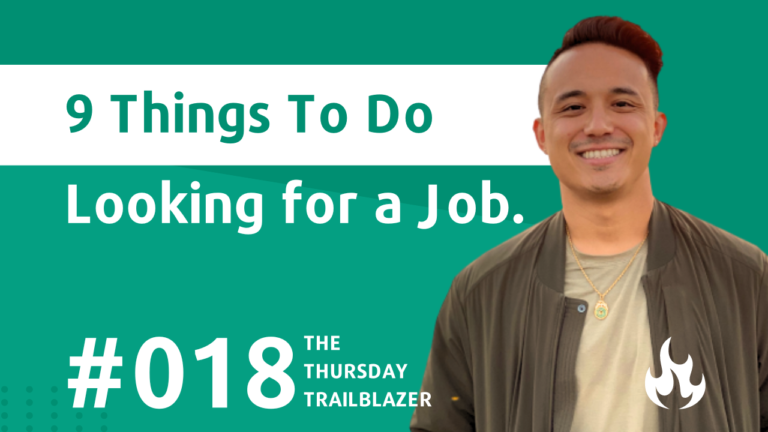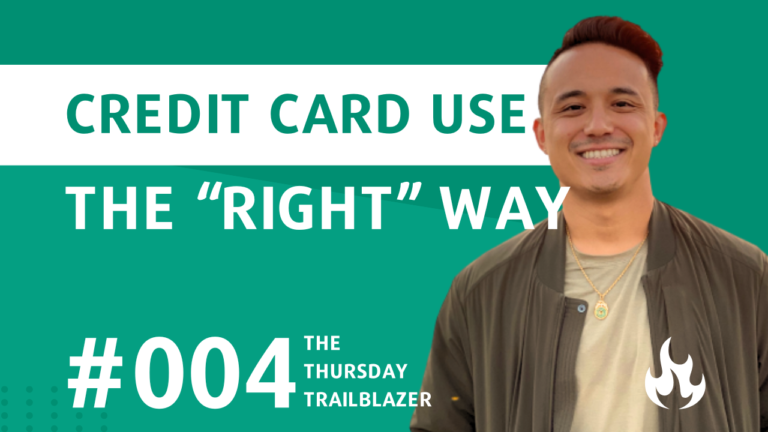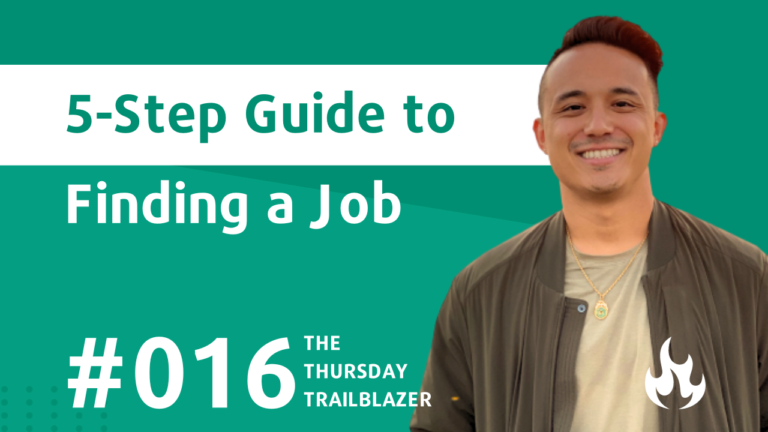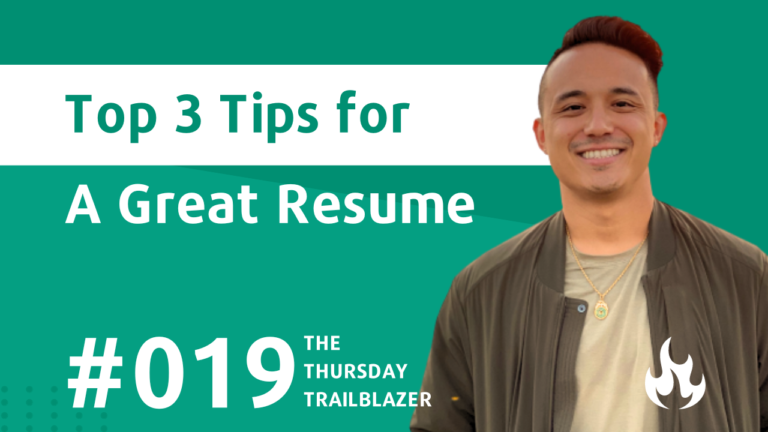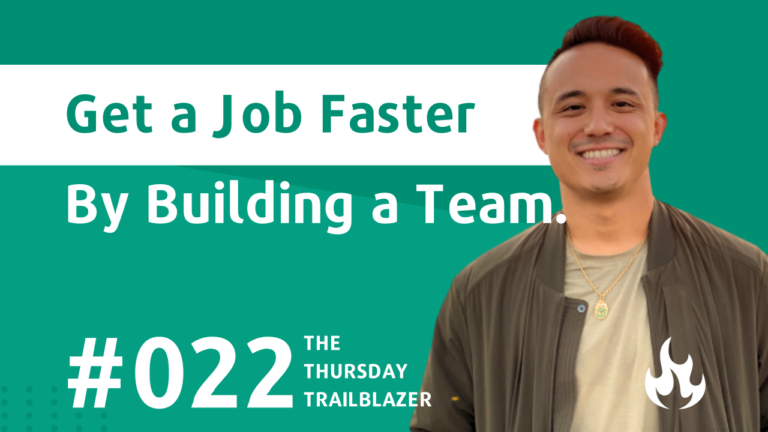T3 #028: 7 ways to create an amazing follow-up email & stand out after the interview
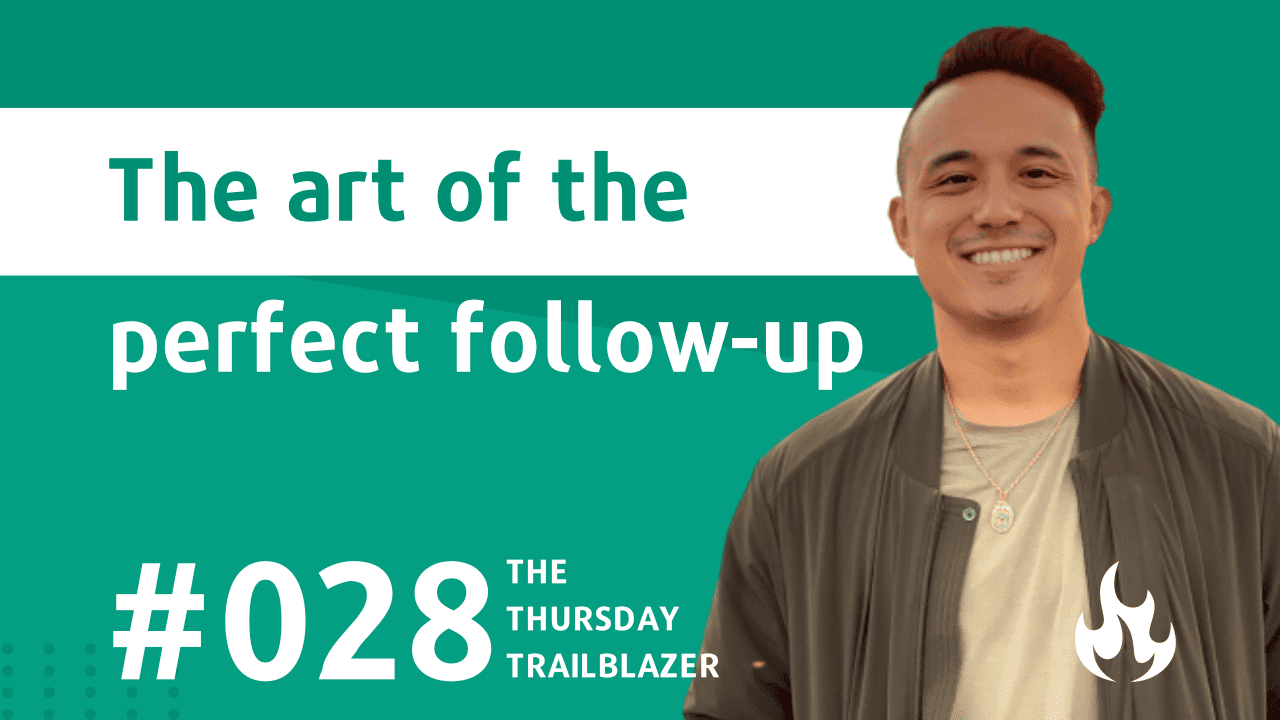
(This is a special series of my newsletter – the thirteenth in a series of posts sharing insights, tips, and actions that you can implement when you are searching for a job either to leave your current one, or due to a recent layoff. The principles in the following series can be largely applied to both situations and adapted to your specific scenario. Best of luck in your journey!)
Most people think that interviews are done after they meet.
The next steps are to sit and wait.
This is wrong.
The end of an interview is like being stopped 5 yards before the end zone.
You might be able to score a touchdown on the next play (and get the offer)…
…or you may not.
There is still too much up to chance. 🎲
This is where spending an extra 15-minutes can help set you apart from the competition.
Sending a follow-up “Thank You” email seems trivial…
…but it’s what can make a difference in a crowded interview process.
7 ways to create an amazing follow-up email & stand out after the interview
This is one of the lowest effort steps to follow when interviewing…
…which is why it’s the #1 thing that is forgotten.
Most underestimate the value of spending 15-minutes to draft a quick email and miss how this step can take you from “top 3” to “the one.” 🥇
Before we get into the tactics, let’s level on why a follow-up even matters.
A good follow-up email shows that you were actually listening and highlights how personal you can be.
You can write something generic…
…or you can write something personalized that stands out.
If you really have nothing unique to include, then generic will still work compared to nothing.
But we are going for that extra spice! 🌶️
Asking good questions and taking detailed notes during the interview will give you the insight needed to create a follow-up email that will shock and awe.
And that’s what you truly want.
Draft a follow-up email for every person that you interact with
From the initial recruiter to the final round with the hiring manager…
…everyone has influence on selecting the final candidate.
That means that standing out as the perfect choice to everyone matters.
One of the hardest parts to sending a follow-up is actually having the person’s contact information.
However, there are a few ways that you can get it.
First, you can find their contact information before the meeting.
This might be within the calendar invitation…
…or attached to their LinkedIn profile.
Try to find their contact information before the meeting so you aren’t scrambling at the end.
If you can’t find it before you meet with them…
…you can sometime get it during the interview.
When the interview is on a Zoom call you can click the “Participants” tab to pull up who is in the call.
Boom! You now have their contact details.
Okay, but those two options didn’t work.
Which is usually the case with larger companies where they try to protect their employees’ information at all costs.
In a last effort, you can ask the recruiter who may provide it to you…
…or the recruiter will offer to forward the message to them.
This is obviously the last option you want to pursue.
You can’t actually confirm if the message was truly forwarded.
But just like sending a generic follow-up is better than no follow-up…
…having the recruiter forward it is a better attempt than doing nothing. 🤷♂️
Send your follow-up using the 3-Day Rule
With any networking that I’ve ever done in my career…
…I’ve been using the 3-Day Rule.
The “3-Day Rule” is a guideline that I follow where a follow-up message, LinkedIn connection, or any other second interaction should occur within 3-days of meeting the person.
Any longer and the person may forget who you were and reduced the chance for them to respond or continue to engage.
Not sure about you, but I forget people quick! 😅
I found the sweet spot is within 24-48 hours.
Hold off at least for 24 hours.
We don’t want to come off overly eager (or desperate).
I’ll draft my message immediately so the details are fresh…
…and then schedule it the next day so that I don’t forget.
If the follow-up falls on a weekend, then I’ll schedule the message for early Monday.
No one wants a work email on the weekend.
Reinforce why you’re a good fit
This part is usually no more than three sentences.
I usually start my follow-ups thanking them for their time…
…and restating what they are looking for in an ideal candidate.
I’ll also include one line of how my past experiences are a strong fit for the role.
It’s a solid way break the ice to starting your message…
…as well as set the foundation for the rest of your message.
Personalize the follow-up with value
During the interview there are two types of questions that I ask.
First, what is the most immediate problem that you are looking to solve with this new hire?
This opens the door for the manager to provide deeper details on the problem…
…and gives me the option to show how I would solve it in my follow-up.
In the past, I’ve gone as far as putting together a one-page PDF that I attached showing the exact steps I would take to solve that problem.
This works well if the hiring manager is looking for go-getters.
The second type of questions I ask is to learn about what the person is interested in personally.
If they are interested in specific types of movies…
…I might share a recent article or post that I saw.
“P.S. I saw this recent article on this movie and thought of you might find it interesting…”
Keep your message short and concise
Assume that whoever you send your follow-up message to will be reading it on their mobile device.
That means that the messaging needs to be short and concise.
The last thing anyone wants is to open an email and be overwhelmed with a block of text.
It’s the fastest way for someone the think “I’ll just read this later.”
That is exactly what you do not want.
They may never read it later…
…especially when other emails come in a flood their inbox with higher priority tasks.
You want them to read it ASAP.
Use formatting to your advantage!
Break up your paragraphs into shorter line breaks…
…or even use bullet lists.
It’s easier for the eye to read.
If you aren’t sure if your message is easy to read – send yourself a copy first and read it on your own mobile device.
Proofread your message for any spelling or grammatical errors
You took the time to draft the perfect personalized message…
…but you spelt their name wrong. 😲
Nothing is a turn off like messing up a small detail.
That is a quick way to separate yourself…
…in the wrong type of way!
You’ll go from hero to zero real fast. 📉
There are free options out there like Hemmingway or Grammarly that can help you out.
Take a few minutes to make sure you don’t mess up these small things.
Create an opportunity for the reader to engage
Congratulations! 🥳
You’ve written the perfect follow-up email thanking them for their time…
…and not only solving one of their problems but also relating to one of their personal interests.
But, how do we know if it’s successful?
You are looking for a response. 👀
This can be as quick as a “Thanks!” to something more open-ended.
If someone took the time to respond, it’s a good sign that they acknowledged the message you wrote.
It’s hard to tell much after that…
…but at least you know that your message was received especially when you know most of your competition didn’t even write one. 😉
💡 Action Steps
💬 Ask Insightful Questions During the Interview. The answers you receive from asking questions will provide the foundation for your personalized follow-up message. Sample questions:
- What are the most pressing problems that you are looking for the selected candidate to solve? (Problem-based)
- Outside of work, what are hobbies or interests that you pursue to recharge? (Personal Interests)
🔎 Find Contact Information. The contact email will not always be readily available, especially when a recruiter is facilitating the meeting details. You can find their contact information:
- In the calendar meeting invitation or LinkedIn (before the meeting)
- Within the video conference software like Zoom, Teams, etc. (during the meeting)
- From the recruiter (after the meeting)
📝 Draft and Edit a Personalized Follow-up. Write a concise email that includes something unique that was discussed during your interview that demonstrates that value you can bring to the team.
- Send within 3 days of your meeting
- Use a free service like Hemmingway or Grammarly to make sure your writing is error-free
📚 Other Notable Resources
- Last Week’s Post: 9 Things To Do In An Interview
- Read the Full Guide: The ultimate 5-step guide how to get job interviews and job offers after being laid off
- Free Resource: Resume Templates
- Free Resource: Teal’s Job Application Tracker
Learn the tactics we should have learned in school without the trail-and-error.
Join me and 67+ subscribers to The Thursday Trailblazer. Every Thursday morning, you’ll receive 1 step-by-step insight to help you level up in the areas of personal finance or career development.

